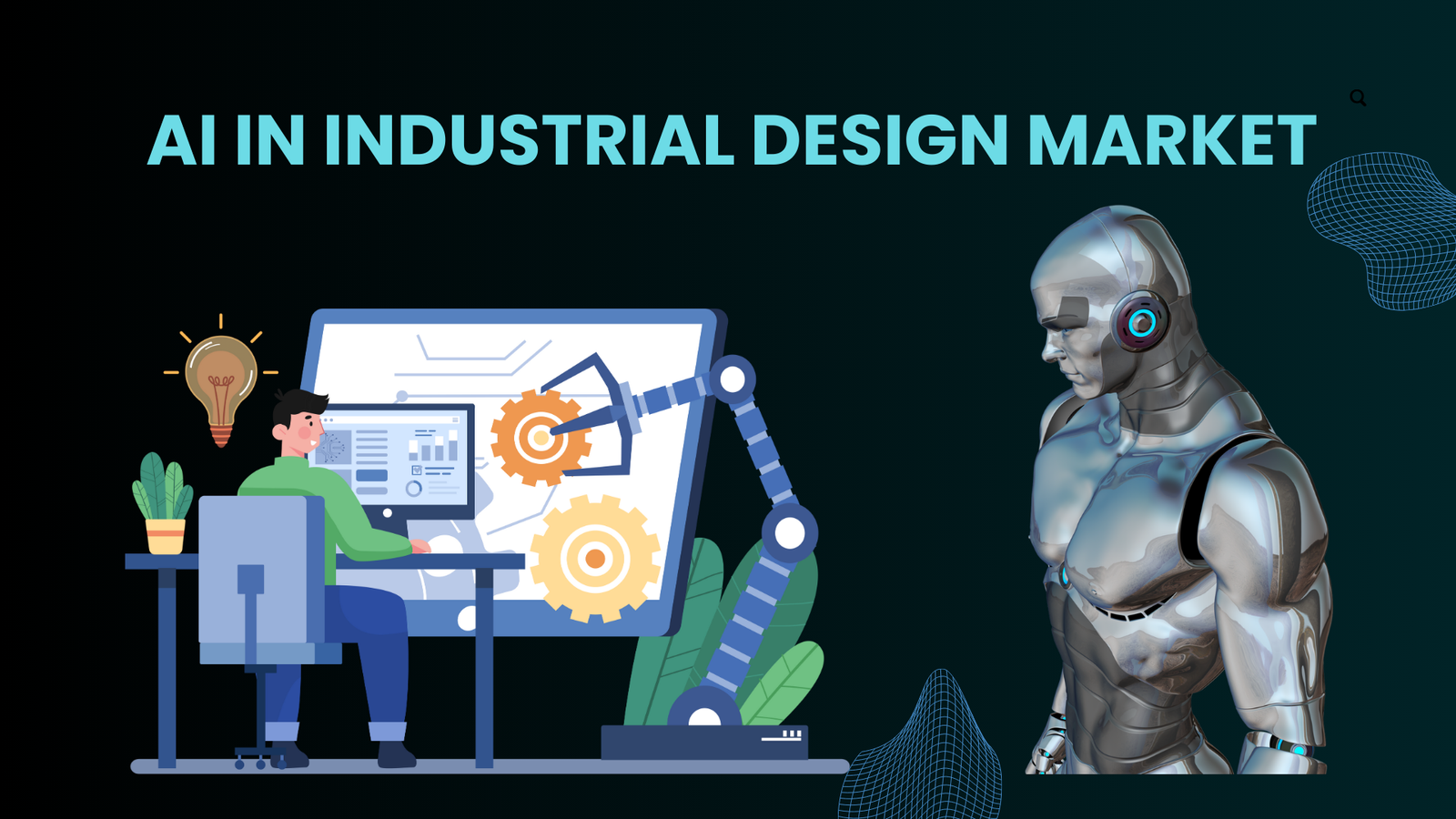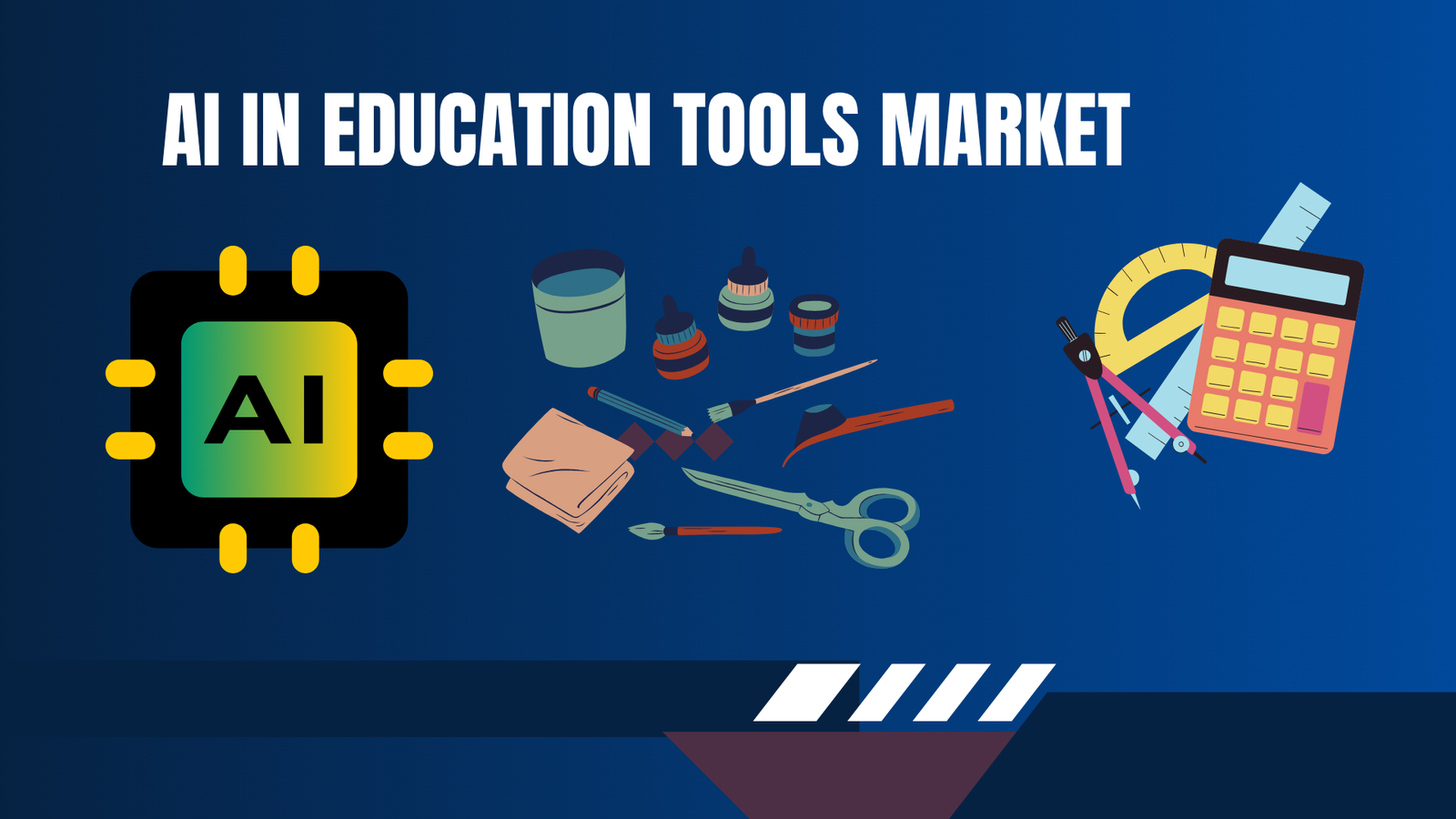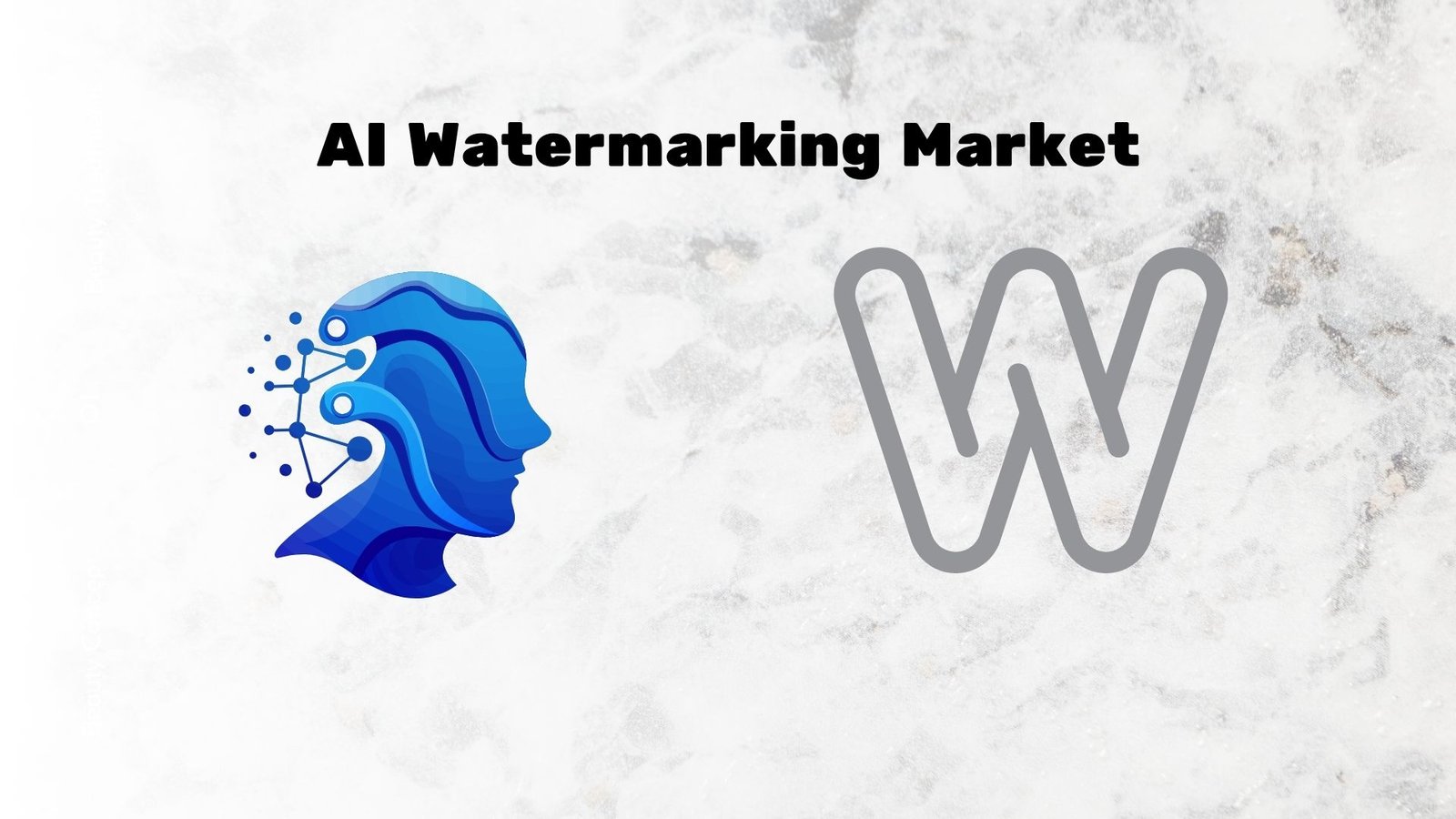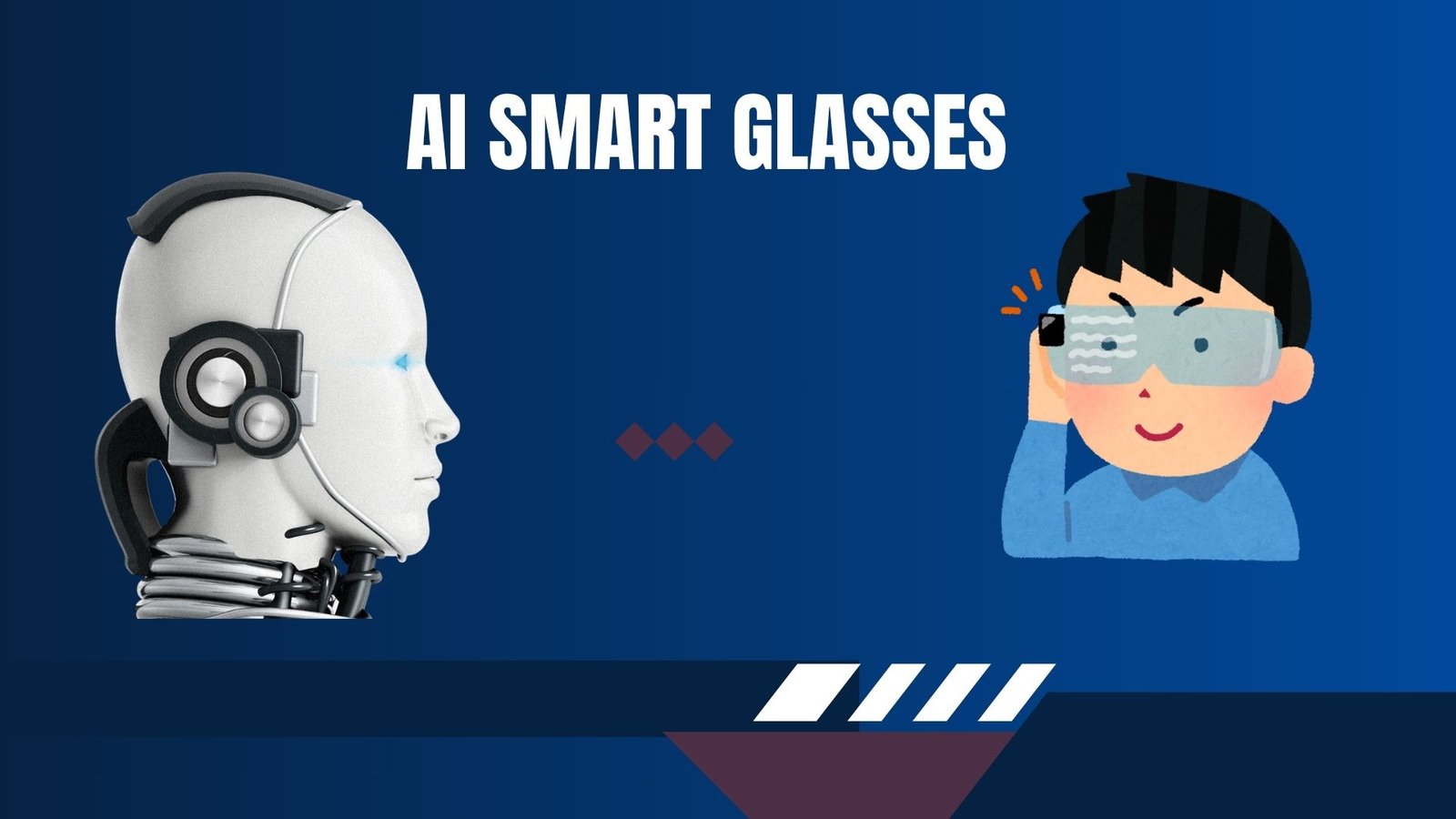AI in Industrial Design Market to hit USD 38.3 Billion By 2033
Updated · Aug 29, 2025

WHAT WE HAVE ON THIS PAGE
Introduction
According to Market.us, The Global AI in Industrial Design Market is entering a high-growth phase, expanding from USD 3.7 Billion in 2023 to nearly USD 38.3 Billion by 2033, reflecting a strong CAGR of 26.2%. This acceleration is supported by the increasing integration of AI in product development processes, where it enhances creativity, accelerates prototyping, and improves design efficiency. AI-driven solutions are enabling manufacturers and designers to merge functionality with aesthetics, driving innovation across consumer products, automotive, electronics, and industrial systems.
Artificial intelligence (AI) in the industrial design market is transforming how products are created and developed. AI integrates automation, data analysis, and generative design techniques to help designers streamline workflows, reduce repetitive tasks, and explore innovative design options. This technology enhances creativity and efficiency by enabling designers to test multiple design variations digitally and optimize functionality, materials, and cost-effectiveness before physical prototyping begins.

The top driving factors behind AI adoption in industrial design include the increasing demand for product customization, the rise of smart manufacturing, and advancements in AI and machine learning algorithms. Consumers increasingly want personalized products, and AI helps analyze data to deliver designs aligned with specific preferences.
Additionally, integration with technologies like the Internet of Things (IoT) and 5G enables real-time data utilization for better product development. Environmental concerns and sustainability regulations also push designers to employ AI for material optimization and waste reduction. These factors together create a strong pull toward AI-driven solutions in the industrial design process.
The broader Global Artificial Intelligence Market is also witnessing remarkable expansion, growing from USD 177 Billion in 2023 to about USD 2,745 Billion by 2032, with a CAGR of 36.8% between 2024 and 2033. This trajectory is a result of rising investments in AI technologies and widespread adoption across industries seeking to optimize decision-making, strengthen automation, and deliver cost efficiencies.
In parallel, the Industrial Design Market continues to evolve, with its size projected to increase from USD 48.72 Billion in 2023 to nearly USD 77.86 Billion by 2033, registering a CAGR of 4.8%. Growth in this sector is being driven by the growing demand for innovative product designs that balance efficiency and aesthetics, ensuring that evolving consumer expectations are consistently met. Together, the synergy of AI adoption and industrial design innovation is reshaping the future of product development globally.
Key Takeaways summary
- The AI in Industrial Design market is projected to reach USD 38.3 Billion by 2033, advancing at a CAGR of 26.2%.
- In 2023, the Software segment dominated, securing 72.7% share due to its role in simulation, design automation, and visualization.
- The Cloud-Based segment held a strong position with 67.6% share, reflecting the growing reliance on scalable, flexible AI platforms.
- The Automotive industry led with 33.7% share, driven by AI adoption in vehicle design, prototyping, and smart manufacturing.
- Asia-Pacific accounted for over 34.7% share in 2023, supported by advanced technology ecosystems, R&D spending, and presence of global players.
Driver Factor
Integration with Emerging Technologies
The integration of AI with emerging technologies such as the Internet of Things (IoT), 5G, and advanced robotics is a major driving factor in the industrial design market. This combination allows AI systems to collect and analyze real-time data, automate complex design tasks, and optimize product features based on actual user behavior. As a result, designers can create more efficient, functional, and user-centered products faster than ever before.
This synergy also enhances the speed and accuracy of simulations and testing processes, thanks to faster data transfer enabled by 5G and improved computing power. The integration of these advanced technologies transforms traditional industrial design approaches, leading to greater innovation, productivity, and responsiveness in manufacturing environments. These developments collectively fuel the rapid growth and adoption of AI in industrial design today.
Restraint Factor
High Implementation Costs
One of the significant restraints facing AI adoption in industrial design is the high cost of implementing these advanced technologies. Initial investments include acquiring sophisticated hardware, premium software licenses, and building the necessary infrastructure to support AI-driven design processes. Beyond equipment, organizations must also invest heavily in training personnel to use these new tools effectively.
For many smaller companies and startups, these financial demands are a major barrier, limiting their ability to compete with larger corporations that can afford advanced AI solutions. This cost disparity slows overall market growth and contributes to an uneven technological landscape across industries. Therefore, the financial burden of AI implementation remains a key challenge for the field.
Opportunity Analysis
Advancements in Machine Learning and AI Algorithms
Ongoing advancements in machine learning and AI algorithms present a strong opportunity to revolutionize industrial design. Improvements in predictive analytics, image recognition, and automated decision-making enable designers to simulate products with greater accuracy and customize designs to meet precise user requirements. This capability streamlines workflows and reduces development times significantly.
Beyond design efficiency, these AI enhancements open doors for innovation in material science and sustainable products. Eco-friendly designs supported by smart AI tools address growing consumer and regulatory demands for sustainability. By leveraging these advanced technologies, companies can differentiate their offerings, tap into new markets, and stay ahead in a competitive landscape.
Challenge Analysis
Ethical and Privacy Concerns
AI in industrial design also faces challenges related to ethics and privacy. As AI systems process vast amounts of data, often containing sensitive or proprietary information, concerns around data security and privacy protection become critical. Maintaining trust requires transparent and secure AI operations to prevent misuse or breaches.
Moreover, AI-driven design in sectors like healthcare or consumer products raises ethical questions about bias, accountability, and the extent of human oversight. Designers and manufacturers must ensure AI systems act fairly and transparently while respecting regulatory standards. Addressing these ethical and privacy issues is essential to gaining public confidence and regulatory approval for AI solutions in industrial design.
Role of Generative AI
- Enables faster design iterations by generating numerous viable design concepts automatically.
- Reduces product development time with rapid exploration of multiple design options.
- Optimizes material usage and product performance through advanced algorithms.
- Facilitates mass customization by allowing tailored designs efficiently.
- Enhances collaboration with natural language interaction and better integration in workflows.
Emerging Trends
- Generative design becoming mainstream, generating optimized design alternatives.
- AI integration with robotic process automation (RPA) to automate repetitive design tasks.
- Cloud-based AI design tools enabling scalable, collaborative design workflows.
- Advanced AI for material innovation, exploring new composites and eco-friendly materials.
- Emphasis on AI-driven user experience (UX) design through predictive analytics.
Growth Factors
- Rapid digital transformation across industries adopting AI-driven design.
- Strong consumer demand for personalized and customized products.
- Continuous advancements in AI and machine learning algorithms.
- Increasing environmental and sustainability regulations encouraging optimized design.
- Integration of AI with AR/VR enhancing virtual prototyping and testing.
Top Use Cases
- Generative design producing innovative product concepts.
- Virtual prototyping and simulation to test and refine designs digitally.
- Design optimization to improve performance and reduce material costs.
- Predictive maintenance and defect detection in manufacturing.
- Supply chain optimization related to product design and production logistics.
Customer Insights
- Customers value AI for enabling faster product innovation cycles.
- AI helps deliver more personalized and user-centric product options.
- Insights from large data sets allow companies to better meet user needs.
- AI-driven real-time feedback accelerates product refinements and reduces errors.
- Enhanced collaboration between designers, marketers, and consumers via AI analytics.
Top Key Players
- Autodesk Inc.
- Dassault Systèmes SE
- Siemens AG
- NVIDIA Corporation
- PTC Inc.
- Ansys Inc.
- Hexagon AB
- Altair Engineering Inc.
- Bentley Systems Incorporated
- MathWorks
- Other Key Players
Key Market Segments
By Component
- Software
- Services
By Deployment Mode
- Cloud-Based
- On-Premise
By Industry Vertical
- Automotive
- Consumer Electronics
- Aerospace & Defense
- Healthcare
- Other Industry Verticals
Source – https://market.us/report/ai-in-industrial-design-market/
Sources

Barry loves technology and enjoys researching different tech topics in detail. He collects important statistics and facts to help others. Barry is especially interested in understanding software and writing content that shows its benefits. In his free time, he likes to try out new healthy recipes, practice yoga, meditate, or take nature walks with his child.









